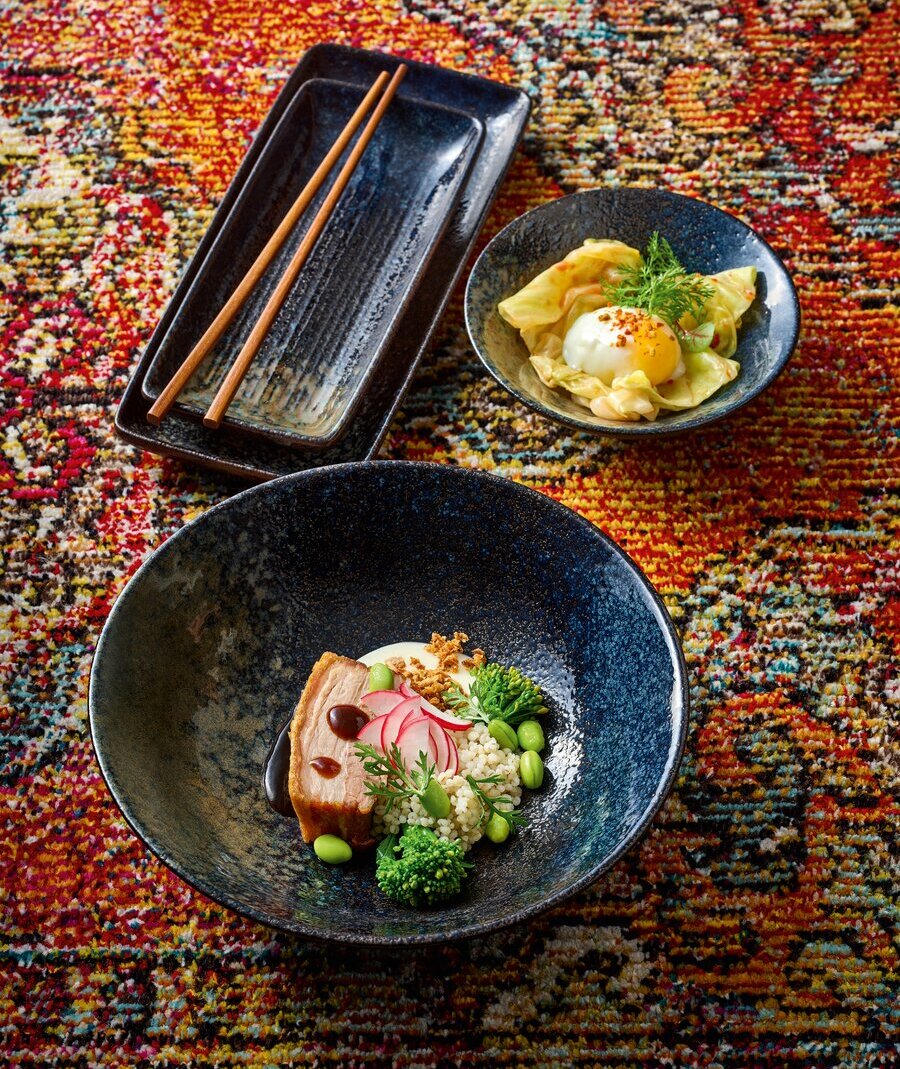Food trend – Local Exotics


Exotic food from regional farmers
Quinoa, wasabi, ginger, caviar or prawns – delicious highlights in gastronomy, but seemingly incompatible with the concept of local cuisine. At least until the food trend of Local Exotics took hold.
What does Local Exotics stand for?
"Local Exotics" means exotic foods that are grown or produced regionally or even in our immediate vicinity. These foods can often be surprising, as they are usually associated with faraway countries and cultures, but can in fact be grown or produced in our own region.
Examples of Local Exotics
For example, prawns have been cultivated in Bavaria for several years. The animals are grown in a closed aquaculture farm without the use of chemicals and antibiotics. They are not exposed to microplastics and only have to travel very short distances before they arrive on your plate. This also counteracts the overfishing of the world's oceans.
In the Rhineland, more than 60 farmers grow quinoa, which otherwise has to be transported to us from the Andes in South America. The food trend of Local Exotics has also been adopted in Austria for quite some time: Wasabi, the pungent spice that is actually known from Japanese cuisine, grows here in indoor farms. Other exotic vegetables such as pak choi or ginger are now also grown in Austria. And Siberian sturgeon swim in the spring waters of Upper Austria, producing the so-called Alpine caviar.


Production of Local Exotics
Whether and how Local Exotics can be grown depends on the type of food and the region in which it is to be produced. Some Local Exotics can be grown on traditional farms, while others need to be cultivated in specialised facilities or greenhouses.
In certain cases, it may be necessary to use special cultivation methods or technologies to create optimum conditions for the growth of Local Exotics. For some exotic plants it is first necessary to establish the right climate and soil conditions, for example through indoor farming. Or aquacultur is used for breeding fish and seafood.
It is also important to note that the production of Local Exotics is often challenging. Since the food is not native to the region, it may be more susceptible to diseases and pests or require special care and protection. It therefore often requires specialist know-how to successfully cultivate Local Exotics.
Advantages of Local Exotics in gastronomy
-
Taste: Local Exotics provide a new range of flavours and textures, creating the potential to enrich a restaurant's menu and offer guests new dining experiences.
-
Sustainability: The use of Local Exotics reduces the need for imports from other countries. This helps to reduce CO2 emissions.
-
Freshness: Local Exotics allow caterers to access fresher, more flavourful products that can be delivered more quickly.
-
Economic development: Using Local Exotics supports local farming and thus contributes to the economic development of the region.
-
Health: Local exotics are produced under domestic conditions, which is often associated with a more conscious use of chemicals, antibiotics and less pollution.
